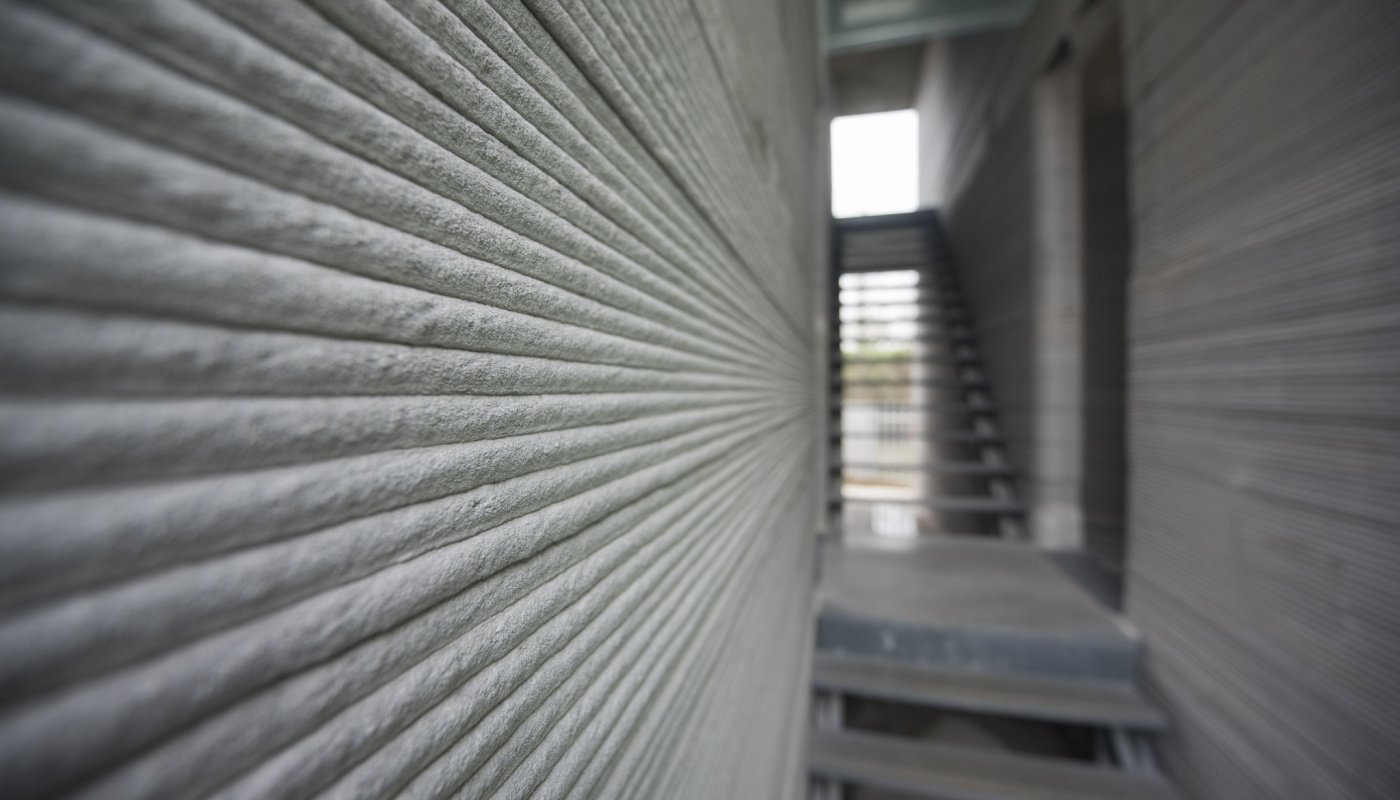If human beings are nothing else, we are adaptable creatures. The unfamiliar can be overwhelming and new processes almost always ignite some pushback. I’m sure in the beginning, the thought of using a 3D printer to produce sustainable construction materials had a crowd of folks scratching their heads. But while this technology can still feel out-of-pocket to some, it’s looking more and more like the industry’s future with a list of successful projects and long-term business advantages to tout.
Still, you might ask yourself what’s in it for you. That question is valid, but the list of benefits is growing each year, from increased creative freedom to positive effects on your bottom line. Most of us may still be years away from fully reaping the benefits of this latest construction innovation, but it’s at least worth paying attention to where 3D printing has been and where it’s going.
Recent Years of 3D Printing in Construction
If you haven’t used 3D printing technology yet, your time is coming. As more people adopt this technologyand new workers are trained before ever stepping foot onto a jobsite, there are many advantages and a hopeful outlook to using 3D printing technologies.
While the use of 3D materials in architecture and design may sound like a relatively new concept, it’s decades old. In recent years, a growing number of construction companies have used this process to bring a new spin to their projects. You can call 3D printed assets the ‘construction chameleons’ for their ability to morph into materials we’ve all used for centuries to build. For example, showing great promise is the production of 3D concrete printing. Once all the tweaks are perfected, this option will produce foundation, cinder blocks, and more concrete-based material in a faster, more affordable, and environmentally friendly way.
The production of 3D printed material stretches far beyond the promise of concrete-based construction. Looking ahead, experimental work is currently being done with materials like metal and wood.
Pros & Cons of Construction 3D Printing
It never hurts to weigh the pros and cons of any new business decision. With 3D printing, the argument on both sides comes down to money and time.
Pros of 3D Printing
Saves Time
The time spent on a build will be reduced dramatically using 3D printer technology. Projects that typically take months or even years to complete have been shortened to mere days.
Reduces Material Waste
When you use technology, like a robotic arm, you can produce the exact amount of material needed to create a structure.
Cuts Down on Human Error
Because of the automated nature of 3D printing technology, the chances of human error, injury, or fatalities are practically eliminated.
Design Freedom, Innovation, and Creativity
With 3D printing, if you can dream it, you can make it. You can create any shape or angle, opening the door to new creative designs.
Cons of 3D Printing
Higher Costs
For many, the cost of purchasing or even renting the necessary equipment for 3D printing remains a challenge to make adoption more widespread.
Construction Labor Shortages
Of course, if you cannot get your hands on the equipment because of costs, you’ll also be unable to train workers properly to use it. As we’ve all experienced, the need for skilled construction workers goes far beyond this disparity.
Regulation Challenges
The guideline rules and regulations for using 3D printing in the construction industry are blurry. The lack of government regulation of this equipment will stall hopes for a speedy rollout. Merging 3D printing technology with the traditional way of governing construction projects will be another hurdle to clear.
Among the challenges will be the process of updating all building codes to allow for use of this tech. The ultimate goal will be to have a unified 3D printing construction building code that applies across municipalities.
Wins for 3D Printing in Construction
For anyone who has doubts, some companies are shifting their focus and are using 3D printers to revolutionize construction while breaking records in the process. 3D printing technology is showing major promise in helping to make the dream of homeownership a reality for everyone. Organizations like New Story have produced low-cost homes in record timesfor underdeveloped communities worldwide.
We’re seeing everything from bridges, office buildings, and residential properties completed using 3D-printed materials in mere hours.
What We Expect for the Future of 3D Printing in Construction
Much like several innovations that disrupt the way we produce and work, 3D printing needs more time to settle into the industry. There is great promise in how it cuts down on cost and time, as well as the environmental benefits. With each year that passes, we are sure to see a spike in creativity with how contractors incorporate computer-generated, three-dimensional materials into their construction projects. With this creativity will come the desire to create commercial and residential structures we could’ve only dreamed up.
Throughout history, we’ve managed to find inventive ways to elevate our processes. The use of 3D construction printing is just the latest in a long list. While you sit and watch the changes happen, start giving some thought to how this technology can benefit you. There’s room for everyone to think outside of the box and create space to benefit from these advances. Take your time, but don’t slow down on learning more about 3D printing technology and how it’s reshaping a hopeful future in construction.








